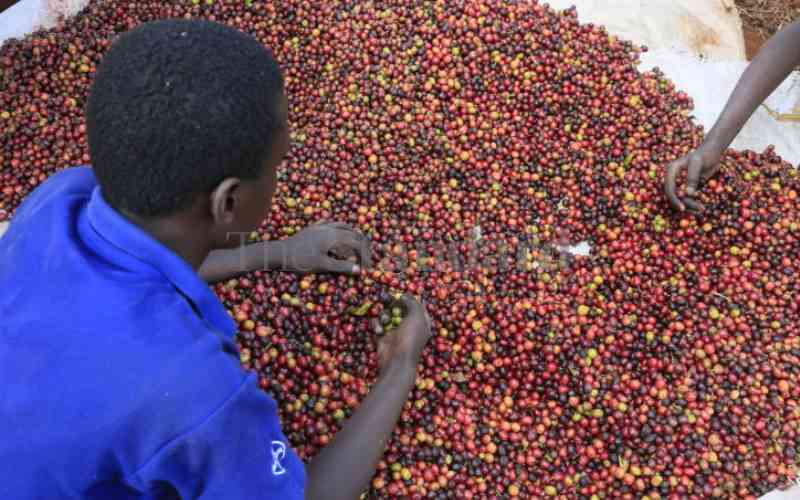
The global coffee production in 2022 was about 168 million 60 kg bags. Kenya's production was 52,000 tonnes which is hardly 0.5 per cent of the total global production.
This means that the market can easily do without the Kenyan coffee as it is just a small fraction. The beauty with our coffee is the unique organoleptic characteristics that make it appealing to most market segments that make the coffee to earn premiums. The low production compared to other regions like Asia and Latin America makes the country a price taker.